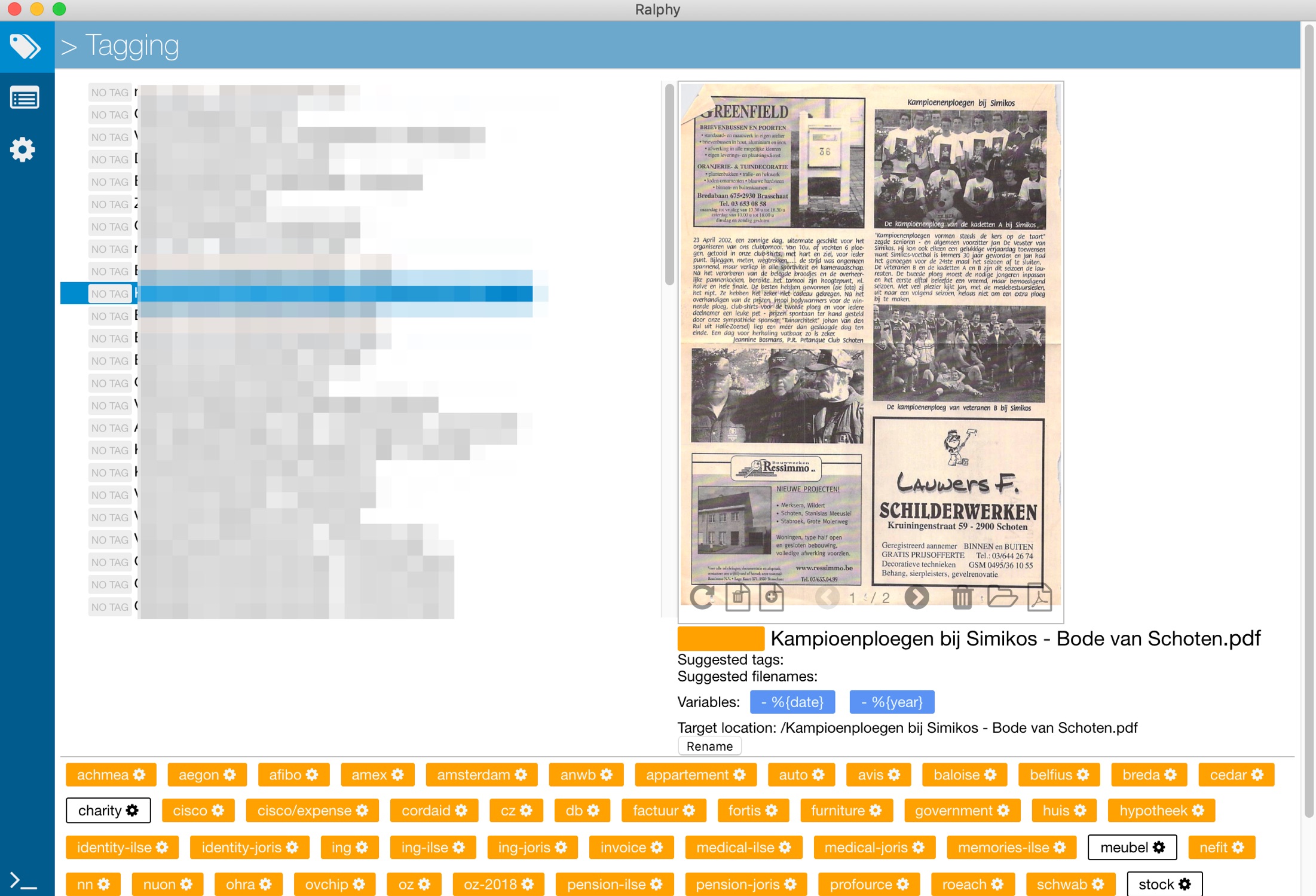It looks like I've linked you here myself. Linking people to a blogpost I wrote is often a bit akward, especially at work.
I likely shared this blog in an attempt to further a conversation. Usually the post does a better job at succinctly sharing information than I could by talking.
In any case, I hope me sharing this post doesn't come across as humblebragging, that's really the opposite of what I'm trying to achieve.
Thanks for reading!
Going Paperless2 min read
How I keep my life free of physical paper
About 8 years ago, I decided to go paperless: removing as much physical paper from my life as possible, favoring digital copies stored in the cloud instead.
The benefits are obvious: easier searching, organization, sharing. Cloud-stored documents are always accessible, cannot be physically physical damaged or lost and are more future proof in general.
Here’s how I do that.
Storing files on Google Drive
- Clear directory structure in Google Drive to organize files.
- Paid 2TB storage plan shared among my family members via Google One.
- Offline backups (on 3 separate external drives) about once a quarter using Google Takeout.
Simple scanning worfklow
- Scanning of all physical documents using the Fujitsu ScanSnap S1300i and then immediately shredding it.
- Custom tool Ralphy to help easily manipulate PDF files and pages: name, tag, merge, delete, rotate.
- Custom Google Apps Script to auto-move scanned files to the right directory in Google Drive based on the filename.

Ralphy image scanning tool
Get rid of paper
- Cancel reception of any physical documents in favor of digital copies as much as possible
- Scanning and then shredding incoming paper documents within a few weeks (ideally immediately but that often doesn’t work out, small batches seem to work best)
- Scanning and shredding pre-existing paperwork. This was probably a few thousand pages in my case, which took me almost 2 years of occasional scanning to fully complete.
Clear strategy for required physical document storage
- An Expanding Organizer (< 50 pages) with original copies of official documents of the entire family: diplomas, property, passports, etc.
- Small filing Cabinet to temporarily store documents that require follow-up in a few weeks/months for which a digital copy might not be sufficient, e.g. documents with a wet signatures or important government paperwork. The filing cabinet has folders for each month of the year; documents are filed under the month they were received. After one year maximum (when I reach a month that has paperwork from the previous year in it), I’ll make a permanent decision on what to do with the documents. In 90+% of cases, that means scanning and shredding.
- Small box of 2-5 pages per year of tax returns (<50 pages total). I could probably get rid of these but haven’t yet.